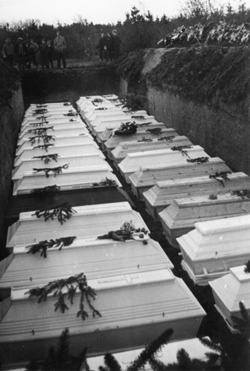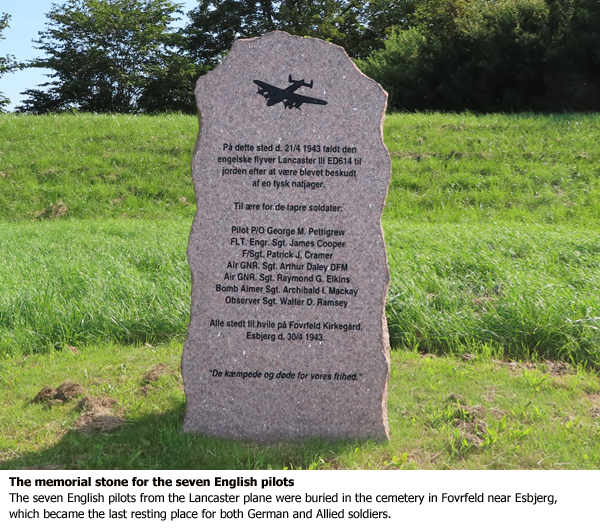Vester Vedsted and The Wing Dike (Fløjdiget)
While Vester Vedsted has been nominated as a cultural environment worthy of preservation, the village was once a part of a military contingency.
The Wing Dike (Fløjdiget) and the Ribe Dike (Ribediget) were built in 1911-1915 and acted as protection against storm surges from the south. The border gendarmes patrolled the tops of the dikes until the Reunification in 1920, keeping an eye out for smugglers and illegal immigrants


